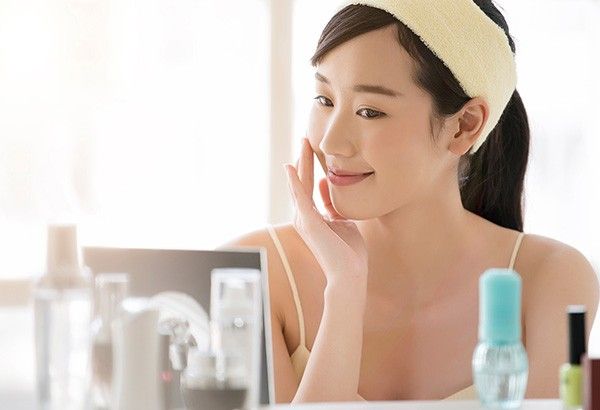Board-certified dermatologist debunks sunscreen, sunburn myths

MANILA, Philippines — Wearing sunscreen has been an accepted norm. Despite this, many still have misconceptions on its proper use and even some believe that there is a better alternative to protecting the skin from the harmful ultraviolet (UV) rays of the sun.
A board-certified dermatologist talked to Philstar.com and select press to clarify several skin issues that many Filipinos are facing or looking for answers.
Dr. Iza Encarnacion said that summer time, most especially, is a trying time for the skin.
The dermatologist has a sub-specialization in photodermatology, a branch that specializes in diseases caused or exacerbated by the sun.
She took up Medicine at the Ateneo School of Medicine and Public Health, her internship at The Medical City Ortigas and Ospital ng Makati and spent her Dermatology residency at the East Avenue Medical Center. She also did her Medical Dermatology and Phototherapy Fellowship at Mount Sinai Hospital in New York City from 2019 to 2020. She did her Clinical Dermatology and Basic Research Fellowship at Osaka Metropolitan University from May to November 2022.
"The sun has three harmful rays: ultraviolet-A (UVA), ultraviolet-B (UVB), ultraviolet-C (UVC). During summer, we want to be protected from these harmful rays from the sun. UVA cause wrinkles and premature skin aging while UVB causes sunburn, sunspots, hyperpigmentation. So we want to be protected," Dr. Encarnacion explained.
UVC is the invisible ray that is blocked by the Earth's ozone layer in the atmosphere. According to the US Food and Drug administration, the only way that humans can be exposed to UVC radiation is through artificial sources like lamps or lasers.
The dermatologist gave the usual pieces of advice on how to protect the skin from these harmful rays. These include:
- Wear sun-protective clothing, sunglasses, wide-brimmed hats, and clothes;
- Seek shade from 10 a.m. to 4 p.m., the time when the sun is at its peak;
- Wear sunscreen that covers both UVA and UVB.
What's the deal with SPF
Most sunscreens will have its sun protection factor (SPF) prominently seen on their labels. What do these numbers, which range from 20 to as high as 90 mean? Does SPF really matter?
Dr. Encarnacion said that to be able to protect the skin from the sun's harmful rays, one should apply at least a brand that has SPF30.
"At least 30 because any additional SPF will only have little increment or improvement. For example, SPF30 protects only 97% of the sun. SPF40 or more, protects 98%. Sobrang konti lang," she explained.
Dr. Encarnacion said that the more important concern is the sunscreen has broad spectrum, meaning their labels indicate protection from UVB and UVA. Another often overlooked yet important step is reapplication.
"Reapplication in at least two to four hours, especially when outdoors. (It is also important to note the) application of sunscreen even when indoors because the sun's rays can pass through glass windows. Put the right amount of sunscreen that usually covers two fingers for the entire face," said Dr. Encarnacion.
She also emphasized never to forget putting sunscreen on the ears because these are parts that are also exposed to the sun.
No DIY sunscreen
The doctor also said there is no shortcut or alternative to sunscreens.
There have been proponents who say that virgin coconut oil (VCO) can be a natural sunscreen, but Dr. Encarnacion cautions against using it.
She said that while it has its own benefits, VCO is more known for its anti-inflammatory properties more than its ability to protect the skin from the harmful rays of the sun.
"Sunscreen is still the best UVA, UVB protection. Sabi ng iba, siguro it came from the idea na people who wear sunscreen, but still had skin issues and skin cancer, so hindi pala naka-protect. So it doesn't mean that you have sunscreen on, you're fully protected already. You still have to use other protective clothing, sun protection measures," she added.
Moisturizer for sunburn
While cooling gels have become popular lately for their instant relief for sunburned skin, Dr. Encarnacion said applying moisturizers still is the best option for sunburn.
"For sunburns, it is important not to peel off skin. Watch out for infections. Moisturizers are enough. Other cooling gels, just watch out for allergic contact dermatitis," she advised.
RELATED: Summer 2023: Celebrities' beauty essentials, hair trends



















